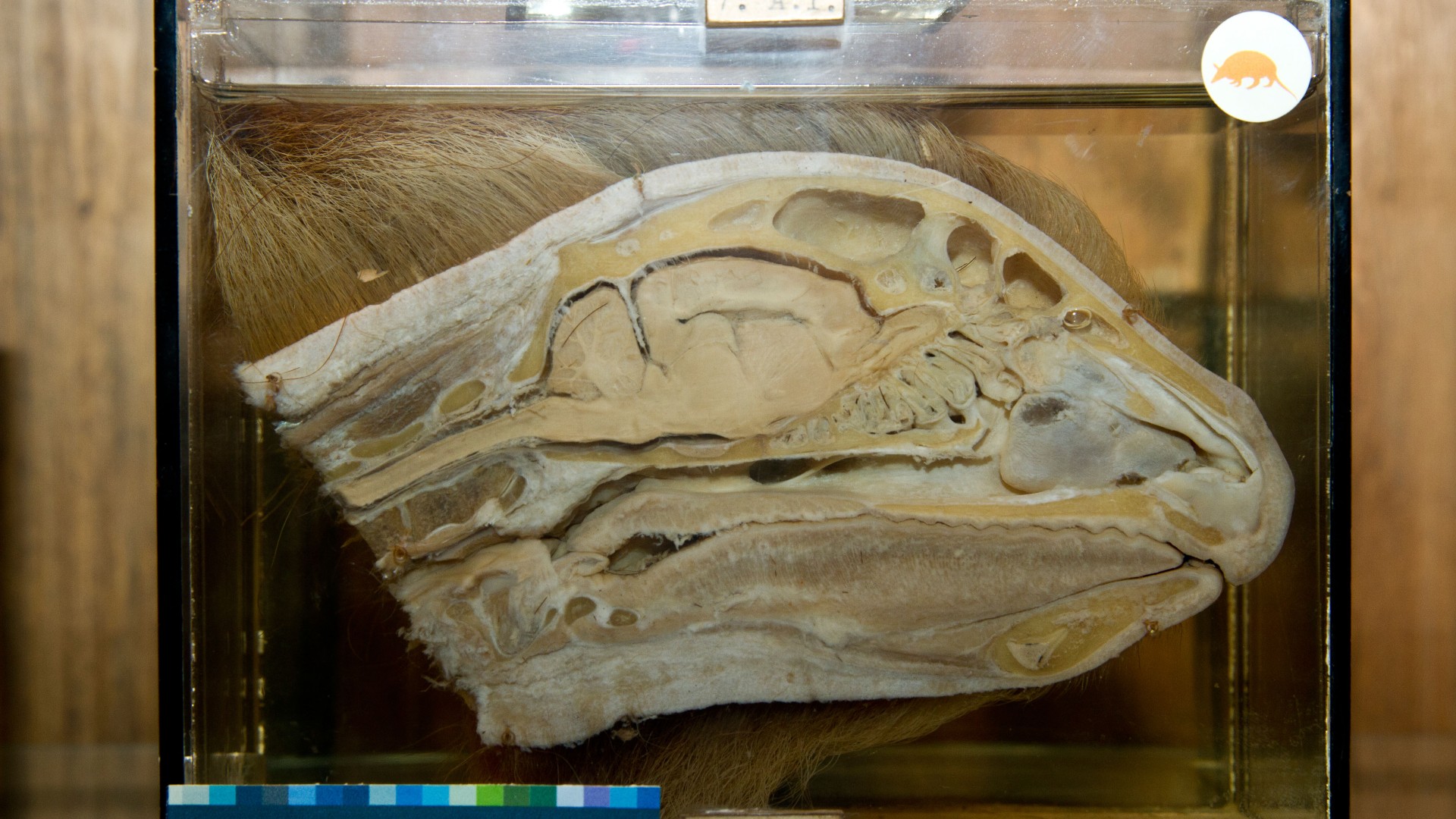Spider pulsars are a type of millisecond pulsar that strips their companion stars of their atmospheres through energetic winds.
This composite image shows Omega Centauri, a globular cluster some 17,710 light-years away in the constellation of Centaurus; in the image, the Chandra data are shown along an optical view from Hubble and infrared view from Spitzer. Image credit: NASA / CXC / San Francisco State University / Cool et al. / ESA / STScI / JPL / Caltech / SAO / N. Wolk.
A pulsar is the spinning dense core that remains after a massive star collapses into itself to form a neutron star.
Rapidly rotating neutron stars can produce beams of radiation. Like a rotating lighthouse beam, the radiation can be observed as a powerful, pulsing source of radiation, or pulsar.
Some pulsars spin around dozens to hundreds of times per second, and these are known as millisecond pulsars.
Spider pulsars are a special class of millisecond pulsars, and get their name for the damage they inflict on small companion stars in orbit around them.
Through winds of energetic particles streaming out from the spider pulsars, the outer layers of the pulsar’s companion stars are methodically stripped away.
Using the Parkes and MeerKAT radio telescopes, astronomers recently discovered 18 millisecond pulsars in a globular cluster called Omega Centauri.
“Omega Centauri, also known as NGC 5139, is the most massive stellar system in the Galaxy found so far, with a stellar mass of 3.6 million solar masses,” said University of Alberta astronomers Jiaqi Zhao and Craig Heinke.
“It is located in the constellation of Centaurus at a distance of 5,430 parsecs (17,710 light-years) from the Sun.”
In their study, the authors looked at Chandra data of Omega Centauri to see if any of the millisecond pulsars give off X-rays.
They found 11 millisecond pulsars emitting X-rays, and five of those were spider pulsars concentrated near the center of Omega Centauri.
The researchers next combined the data of Omega Centauri with Chandra observations of 26 spider pulsars in 12 other globular clusters.
There are two varieties of spider pulsars based on the size of the star being destroyed.
‘Redback’ spider pulsars are damaging companion stars weighing between a tenth and a half the mass of the Sun. Meanwhile, the ‘black widow’ spider pulsars are damaging companion stars with less than 5% of the Sun’s mass.
The researchers found a clear difference between the two classes of spider pulsars, with the redbacks being brighter in X-rays than the black widows, confirming previous work.
They are the first to show a general correlation between X-ray brightness and companion mass for spider pulsars, with pulsars that produce more X-rays being paired with more massive companions.
This gives clear evidence that the mass of the companion to spider pulsars influences the X-ray dose the star receives.
The X-rays detected by Chandra are mainly thought to be generated when the winds of particles flowing away from the pulsars collide with winds of matter blowing away from the companion stars and produce shock waves, similar to those produced by supersonic aircraft.
Spider pulsars are typically separated from their companions by only about one to 14 times the distance between the Earth and Moon.
This close proximity causes the energetic particles from the pulsars to be particularly damaging to their companion stars.
“This finding agrees with theoretical models,” the astronomers said.
“Because more massive stars produce a denser wind of particles, there is a stronger shock — producing brighter X-rays — when their wind collides with the particles from the pulsar.”
“The proximity of the companion stars to their pulsars means the X-rays can cause significant damage to the stars, along with the pulsar’s wind.”
The findings will be published in the Monthly Notices of the Royal Astronomical Society.
_____
Jiaqi Zhao & Craig O. Heinke. 2023. A Chandra X-ray study of millisecond pulsars in the globular cluster Omega Centauri: a correlation between spider pulsar companion mass and X-ray luminosity. MNRAS, in press; arXiv: 2309.13189
Note: This article have been indexed to our site. We do not claim legitimacy, ownership or copyright of any of the content above. To see the article at original source Click Here














